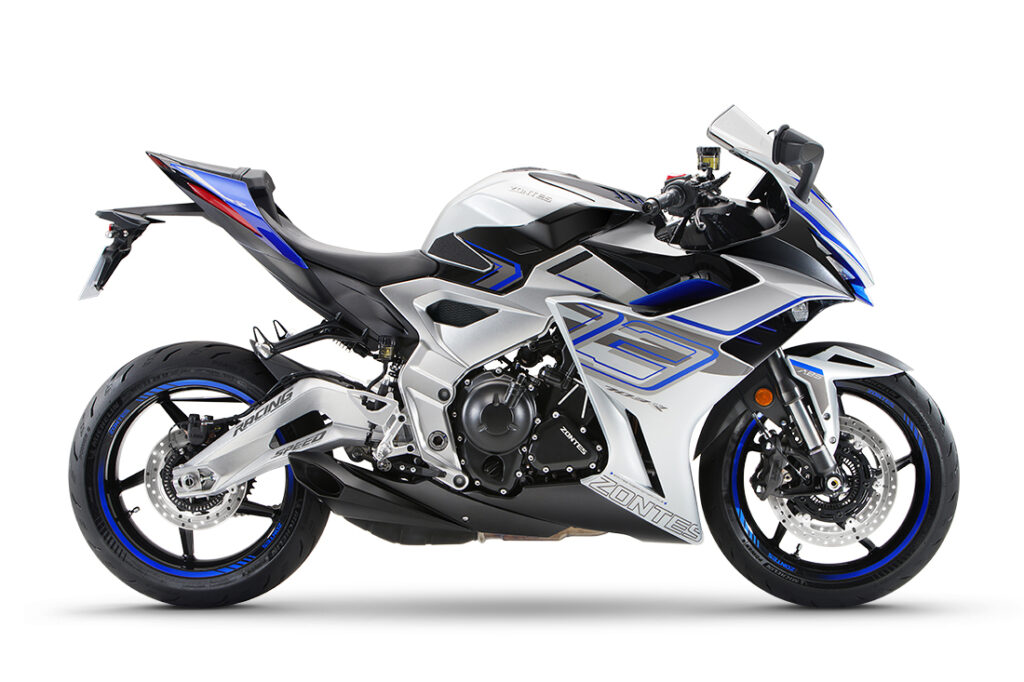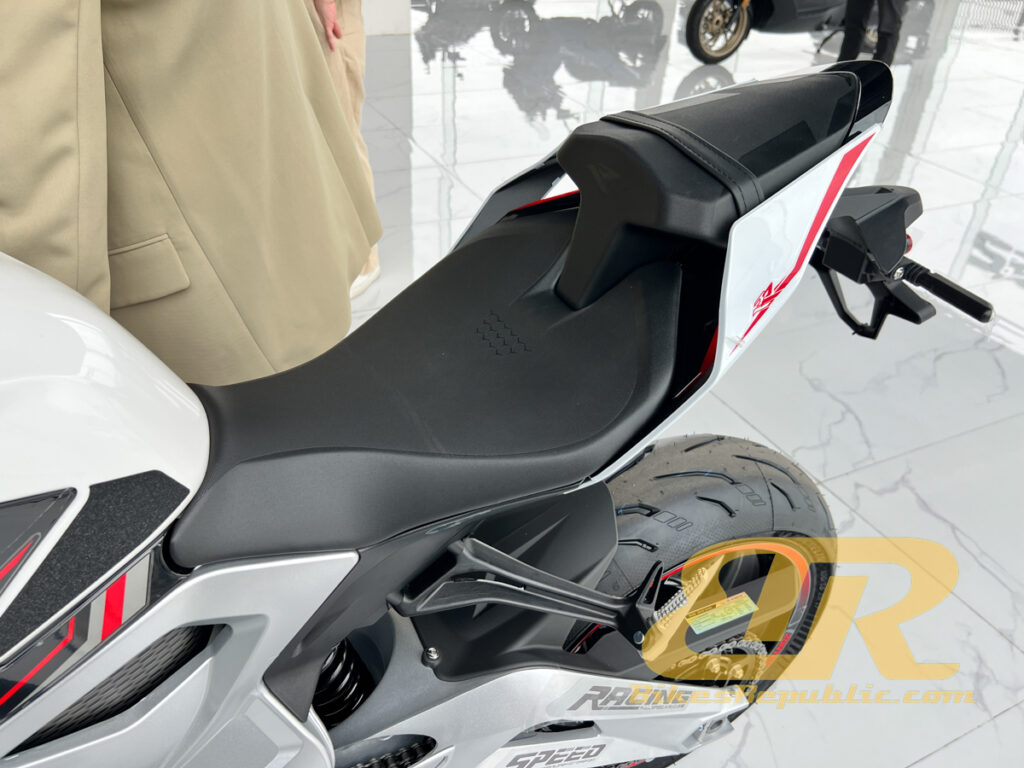Welcome back to Part 2 of our countdown of the greatest Honda V4 motorcycles. The remaining five are so iconic that we are sure you have heard of them.
5. Honda VFR750/800 (1987-2013)

Among all of Honda’s V4 production motorcycles, the VFR750 and the later VFR800 were the most successful in terms of numbers sold. In fact, they were probably some of the best motorcycles ever made.
Comfort was excellent, great build quality, good handling and equipment, it was the classiest motorcycle you could buy. Honda may have since revived the VFR800 in face-lifted form along with the Crossrunner, both of which are decent, but those ‘80s and ‘90s VFR750s can still claim to being the greatest V4s of all.
4. Honda RVF750R (RC45) (1994-1999)

The RVF750R was launched in 1994 as a long-awaited and much anticipated successor to Honda’s first all-conquering V4 superbike, the VFR750R RC30.
Closely-related to the RC30, it uses a 90º V4 with gear-driven cams housed in an aluminium twin spar frame featuring a single-sided swing arm. However, it was actually all-new and co-developed by Honda’s racing division, HRC, and Honda R&D. Differences included a shorter stroke, more compact design and fuel-injection. In its last racing form, the engine made more peak horsepower than even Mick Doohan’s NSR500 two-stroke GP bike.
Although highly successful at the Isle of Man TT and in world endurance, it won only one WSB crown. While on the road, its road legal 120bhp was nothing special. It was of course supremely expensive at nearly £18,000.
3. Honda VFR400R NC30/RVF400R (1989-1996)

What? A 400cc V4 in the Top 3? Well, why not? The VFR400R and later RVF400R were the little brothers to the RC30 and RVF750R respectively. They were much more affordable and accessible to the man in the street.
Both were produced in parallel to their 750 siblings although, as mass market bikes, had lesser spec, fewer exotic materials and were not hand-built. Both were also the result of a then-prevailing Japanese licensing law that favoured 400cc machines. Several units made it to Malaysia and certainly in Singapore.
The NC30 was definitely among the best: effectively a ‘slightly smaller RC30’ with sublime handling and an impressively flexible V4 producing 59bhp. The RVF400R was said to be even better but unfortunately was short-lived.
2. Honda RC213-V (2015-2016)

Conceived as a road-going replica of the then RC213V MotoGP machine, it is as close to that bike as was possible and practical with little concern given to cost.
Around 250 were built in total, hand-made by small teams of hand-picked engineers. Although road regulations limited performance to 159bhp, its chassis boasted the best of everything including Ohlins TTX25 gas forks, forged magnesium wheels and a slimline full-colour TFT dash while, with the optional Sports Kit fitted, intended for track use which includes a revised ECU and exhaust together unleashing 215bhp, it’s as close to the full works V4 MotoGP experience mere mortals can buy.
Which is as it should be, considering the £137,000 price.
1. Honda VFR750R (RC30) (1987-1990)

The RC30 remains the best Honda V4 ever built. There we have said it.
Timed to promote Honda’s new VFR V4s, it conceived to exploit the new World Superbike and world endurance racing regulations (based on 750cc production machines). As such it was developed with no expense-spared by HRC.
As a homologation special racer it won straight out of the crate – not just in WSB (becoming the first champion in 1988), but in endurance, F1 and at the TT. It also dominated Malaysian superbikes.
Not to mention the most beautiful amongst them.













































